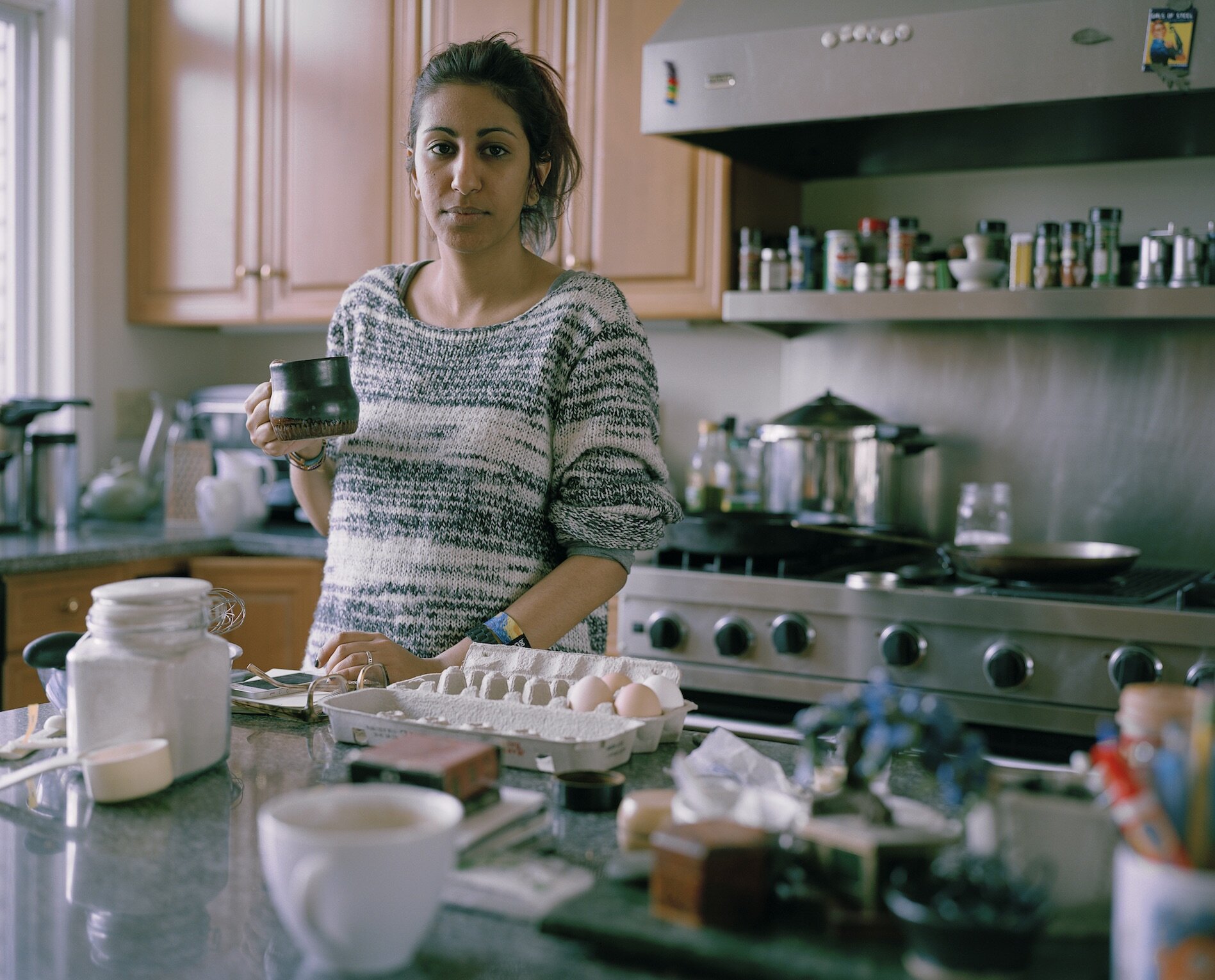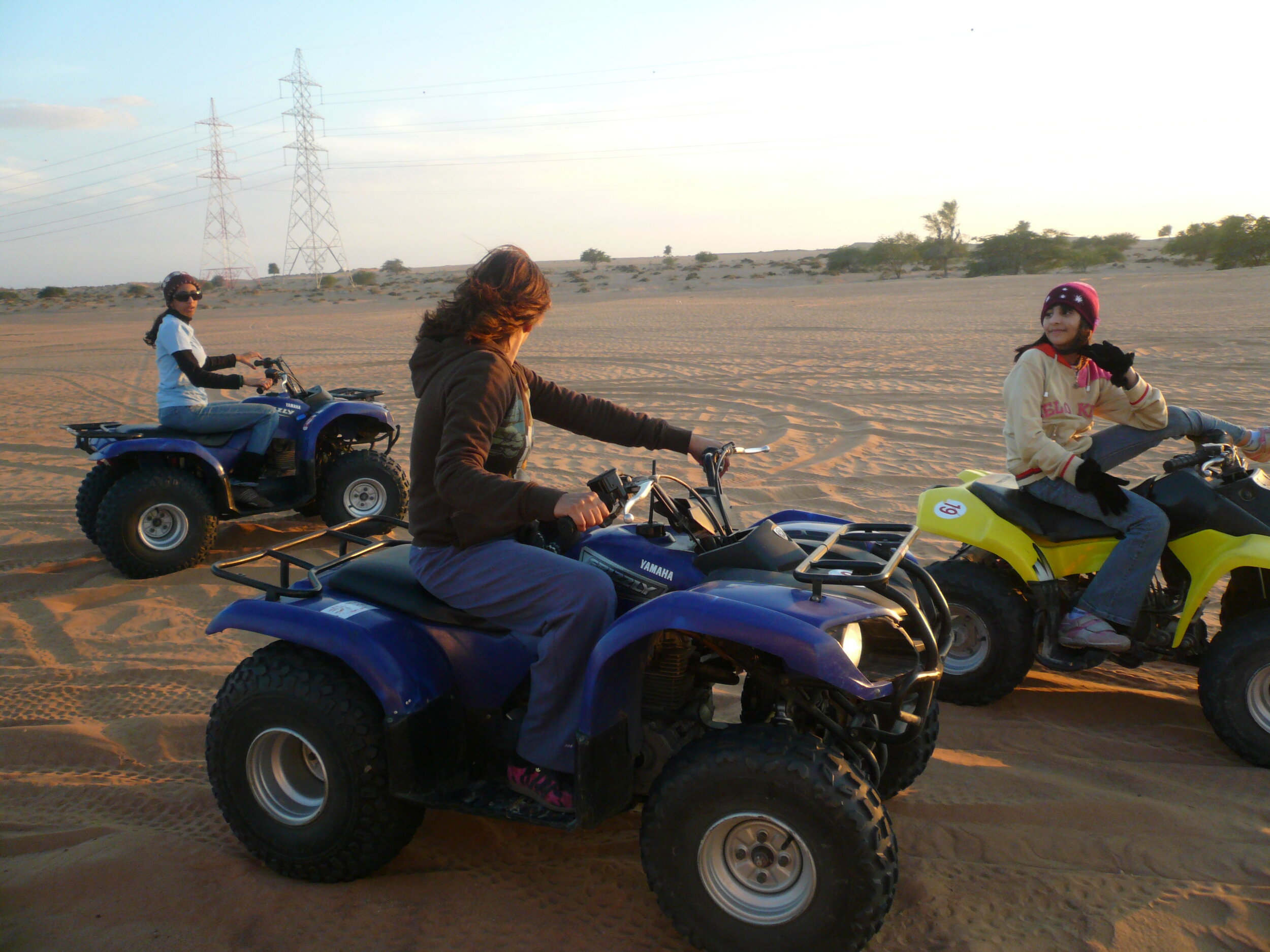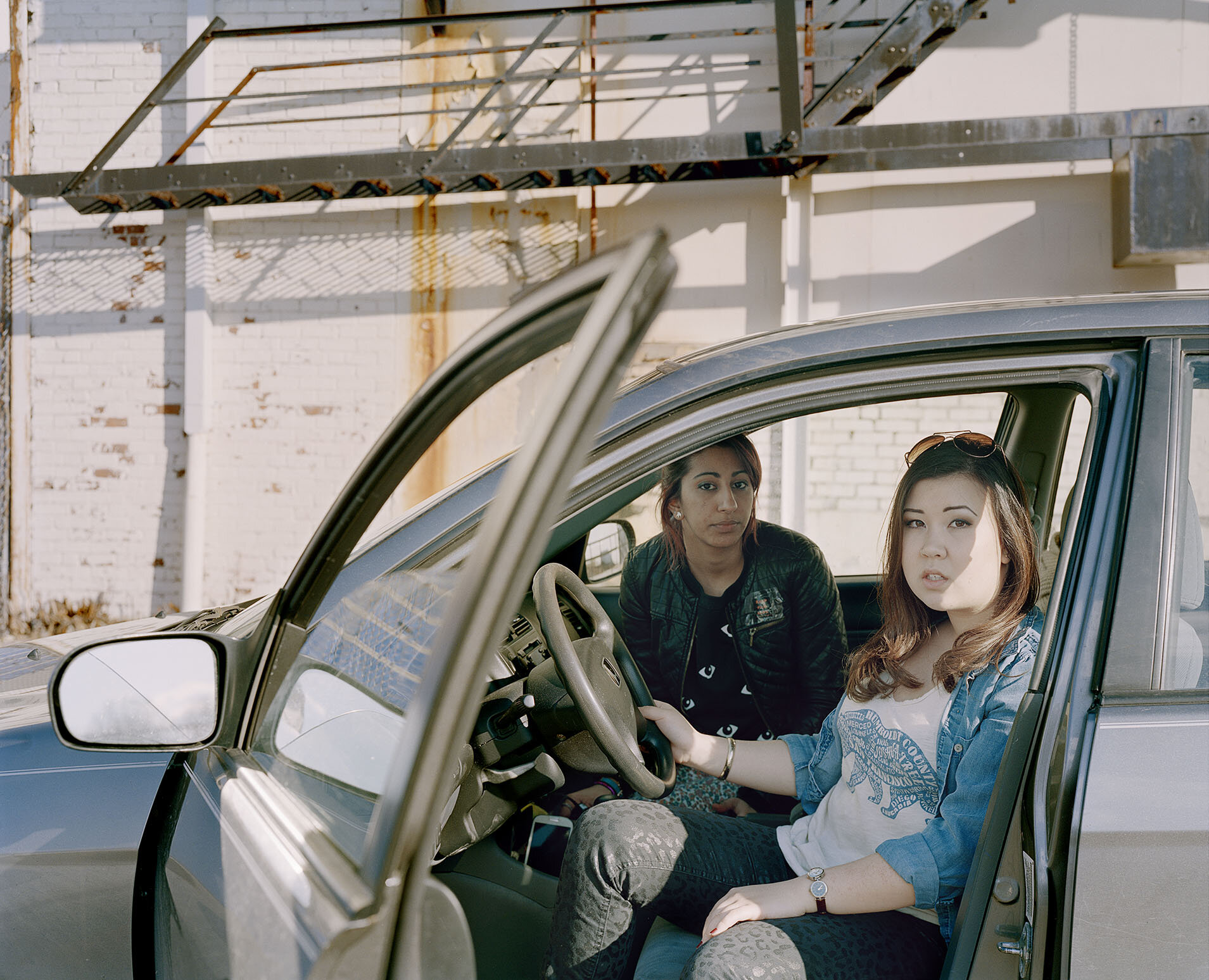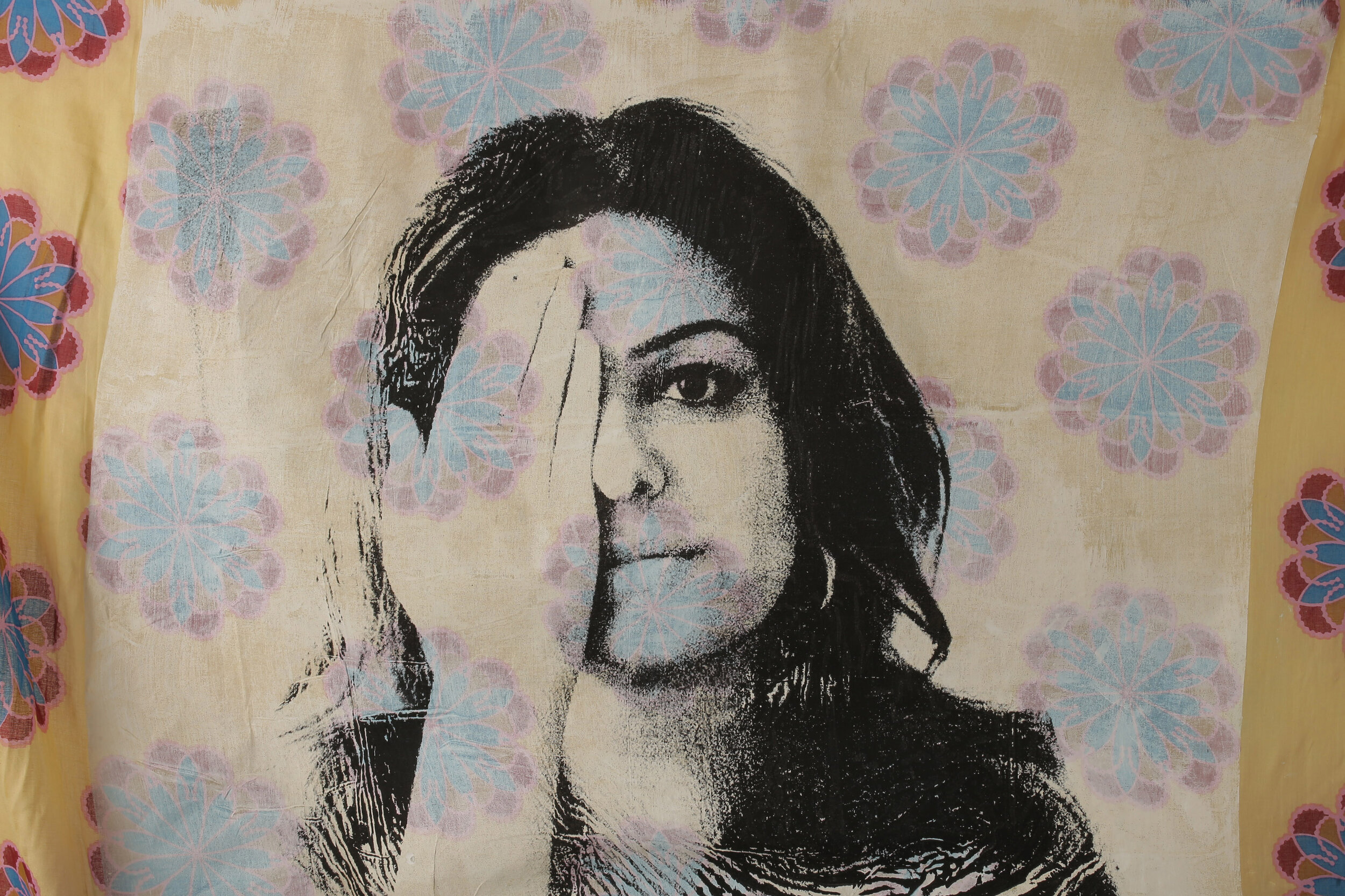Exploring our 'In-between-ness' in an interview with Fatima Albudoor on her Artist Book: 'Making Cathedrals'
Welcome to ‘The Quarantine Files’ series this Spring 2020.
Delivering insightful reads on subjects and themes crossing in-between-ness and uncertainty. Enjoy!
‘I feel like I’m in between something, in between
the ‘before’ and ‘after’ phase of my life.
it gives me slight anxiety, this
in-between-ness…’
-Fatima Albudoor, 20 August 2011 in 'Making Cathedrals’
This excerpt comes from an artist book Fatima Albudoor published back in 2013, and recently reprinted in 2019.
Titled ‘Making Cathedrals’, her book is named after a famous 1948 essay by the American painter Barnett Newman ‘The Sublime is Now’.
‘Instead of making cathedrals out of Christ, man, or ‘life’, we are making them out of ourselves, out of our own feelings.'
Barnett Newman in his studio in 1952. Credit Hans Namath.
At the time after World War Two, Newman found that America was a place where artists were able to achieve this new ‘sublime' in the aesthetic experience and emotions the artwork evoked.
It was until then he felt, that artists were beginning to discover and assert their own unique visual language without a preconceived notion of beauty as given by the Greeks and later embodied in European art.
A group of American artists were coming to terms visually with their feelings faced after extreme isolation following the war.
Think of the Color Field school painters like Mark Rothko and Clifford Still.
Who knows, maybe all of this Corona self-isolation will harken a new way of appreciating artwork and channeling our inner beauties these days..
Left: Mark Rothko, COMPOSITION, 1959. Leopold Museum. Right: Mark Rothko, 1961. Photo by Kate Rothko/Apic/Getty Images.
‘Making Cathedrals’ includes a collection of Fatima’s handwritten journal entries, photographs both in staged scenes and spontaneous iPhone photos, scans of cursory drawings and watercolors with personal sayings and life mottos.
The book illustrates the life of a girl constructing her own ‘cathedrals’, or unique aesthetics, as she captures her world in experimental photographs in an exploratory creative phase in her coming-of-age and art practice.
‘Making Cathedrals’ cover page. Image courtesy of the artist.
Leaf through the pages of ‘Making Cathedral's and we plunge into her world back in 2009-2013.
She is a university student in Northeastern University in Boston majoring in Studio Art and cultivating her new home halfway across the world.
Originally from Dubai, she made, just as many of us do in college, a leap into an overwhelming freshman year.
Regardless if it was in college or not, we’ve all been there in our lives - when we’re not exactly there yet, and not sure when is the beginning or end of the place, feeling, or sensations we are experiencing.
Open that box of dusted and discarded pre-teen year photographs and you’ll remember.
Restart that old iPhone or scroll through deliberately untagged Facebook photos and remember that old self (only if you want to..).
‘The Visitor’ (diptych), 2013, monoprint on paper, 22x60". Image courtesy of the artist.
When we're experiencing this in-between phase, no one really knows exactly when that end is near, but we ultimately acknowledge finality will happen.
Just as our bodies are accustomed to timing in life, we count and work towards short and long term goals to aid in our own personal or professional evolution.
But we all to often become uneasy when we don't know how many increments measure one moment.
When we lose the lid of the jar and cannot contain or make sense of its content in totality.
This very sensation is explored in the menagerie of visuals in ‘Making Cathedrals’ testify to a unique time in Fatima’s life— that ‘in between-ness’ : when she is searching for meaning, identifying her dreams, her hopes, and understanding how this is manifested in her stories, her fashion, her hairstyle (& blue color), home decor and daily habits.
If anything the only closure or finality we receive is approaching the last page of the book.
Fatima in her apartment, as illustrated in ‘Making Cathedrals.’ Image courtesy of the artist.
Fatima’s mother Nujoom Al Ghanem as depicted in the artist’s book. Nujoom waits on a floor in a museum in Nice for her shoe to be fixed. Image courtesy of the artist.
The composition and field of focus in each page of the book are intimate enough to make it feel as if we are there.
We are trapped in a Boston snowstorm with Fatima and her sister while in transit from Boston to Dubai.
Sitting on a museum floor with her mother in Nice, waiting to have her broken shoe patched together by a Tunisian security guard.
Tasting an Arabic Chicken Machboos attempt at Christmas Turkey.
Wearing a lucky, rather ordinary ring bought in Bastakia Bazaar from her father.
Eating that first meal with her parents after so many months of not seeing each other.
We are witness to a hastily decorated college dorm room— the occasional clutter of textbooks and leaflets, posters and Broadway Playbills, boardgames and paint tubes.
Fatima leans against her desk chair in pajamas, her yoga mat to the floor, staring at the camera in aloofness.
We are faced to ‘these irrelevant piles of things that make [her] house a home’ as she writes.
Giving an impermanent and limited space some sense of continuity and timelessness.
With calendars and numbers pasted on walls throughout ---they are weekly habitual reminders, or logging the remaining days of her time there.
Yet just as we encounter Fatima as this college girl, we see her alternate life back in Dubai as she returned during college breaks.
Fatima’s parents at breakfast in winter 2011. As depicted in the artist’s book. Image courtesy of the artist.
We see visuals of her Jumeirah backyard, street signs, desert motorbike rides, and a majlis setting reflected off a brass plate.
It's hard not to be reminded of those uncomfortable moments many of us faced while returning to our family home during college, as we met our pre-college environment, all while morphing into our adult-selves.
Buying a ring in Bastakia bazaar with Fatima’s father in Summer 2012. As depicted in the artist’s book. Image courtesy of the artist.
The heavy use of symbolism in her words and visuals make this booklet incredibly dense and refreshing in all senses of the word 'real.'
As we try to make sense of a girl experiencing confusions, insecurities, and heights of creative impulses.
Illustrations from the journey from Dubai to Boston during a winter snowstorm in 2011. As depicted in the artist’s book. Image courtesy of the artist.
And while we read assertive statements like:
‘I TOLD YOU TO STOP DRAWING MY SIDE PROFILE I HATE MY SIDE PROFILE'
‘Tima is too clumsy and incompetent for indirect painting.'
So what do we do to overcome this?
Let's paint the wall red then, as she does on the final page.
Let's claim our own space and assert ourselves in the photographer's frame, our life affirmations and finite amount of pages of this uneasy time, all held within our hands holding the book.
Fatima painting her apartment room, as depicted in the artist’s book. Image courtesy of the artist.
This March, Mid East Art had a chance to speak with Fatima on this complex and poetic artist book and the evolution of her practice today. How has she exhibited 'Feng-shui' and restructured her studio practice since 2014?
Mid East Art: What is the overall theme in 'Making Cathedrals' ? What Cathedrals did you make?
Fatima: For me, the book was born after I came across that quote by Barnett Newman. I was very struck by this idea that I could make something new with my collection of my written journal pages and family photos that I had been taking over the years. I think the artist book itself is the “cathedral” to be honest. The theme would be documenting that period of transition in my life, where I was a student in Boston and I felt as if I was splitting myself between two homes: Dubai and Boston.
Illustrations by Fatima as depicted in her book. Image courtesy of the artist.
MEA: Why did you produce 'Making Cathedrals'? Can you describe the steps in producing the book? Along with why it was reprinted in 2019?
Fatima: I’ve always pictured myself writing a novel or a story about my life. In fact I still do! I think this book was an attempt to tackle that idea. I was dealing with some very real, existential feelings at the time and I felt that they needed to go somewhere. A book was the natural answer for me. I was also studying art and design at the time so I wanted to challenge myself to create something truly unique – something beyond just a single print or an art series.
Printmaking experiments. Image courtesy of the artist.
I started by requesting a “independent study” class with my Typography professor. When we first met she asked me to collect all the writings and photos and we put them on the table or the wall and started talking about how I could compile them. Then I started writing short stories or snippets for the photos. Memories of things that had happened when those photos were taken. This is why the book takes a form of scanned journal pages which show my handwriting and then there are also “typed” memories side-by-side to some of the photographs. Eventually it all came together and I compiled the book on Adobe InDesign and sent it to a self-publisher online.
Fatima’s photography project in college documenting her university life. Image courtesy of Fatima.
Yes, the book was first printed in 2013. Actually, when I first printed it, it was nearing the end of the semester and I needed a proper copy to show in my Final Critique. So I hastily sent it out to the self-publisher, even though there were still some pages that needed editing and fine-tuning. I only made two or three copies at that time. Then in 2019, I wanted to sell the book in an artist book fair in Dubai called Fully Booked that took place during March Art Week. This is when I dove back into the book, opened my old InDesign files, and started editing the book so it could be finalized. It was at this stage where I even changed some of the photos and writings so they could be more clear for the reader. I ordered 15 copies then and probably sold about 8-10 of them during the fair.
Journal entry as illustrated in Fatima’ book. Image courtesy of the artist.
MEA: Was the original idea of the content drastically different than the end 'printed' result?
Fatima: I printed many dummy copies as I was writing the book. Suzy, you saw one of them at my studio when you visited me in March. Basically a dummy copy would be when I printed the whole book at my school’s computer center using the black-and-white Xerox printer and stapled the pages together so I could get an idea of how the book felt and the story flowed. I don’t think the original idea changed that much. I think I expanded on it as I kept adding photos and writings however the concept of the book remained the same.
MEA: Is there a particular story/photograph that resonates with you the most in the book? Why?
Fatima: When I go back to the book, my favorite story is always the one of going to the Bastakia Bazaar with my dad. I actually chose the photo of that story for the cover of the book. The reason I like it is because it captures a moment where I was really trying to hold onto that specific memory. I told my dad that I wanted a ring from the bazaar just as a keepsake, and the way he reacted and started to haggle with the shopkeeper was pretty funny.
Buying a ring in Bastakia bazaar with Fatima’s father in Summer 2012. As depicted in the artist’s book. Image courtesy of the artist.
MEA: Overall, how was your college experience - did it directly translate to the emotions felt in your book?
Fatima: My college experience was a mix of emotions. I struggled a lot at the beginning. Moving cities, trying to make friends. At one point I also got really sick when I was in Boston. And it’s difficult when you’re far from home and you really want to “bounce-back” into your normal routine or life. Towards the end of my studies I had made some lifelong friends and was getting really sad about leaving Boston. I think that yes, this book is a good translation of that time and those feelings.
‘Gazing series’ cyanotype on cotton - Image courtesy of the artist.
MEA: When do you feel this 'in-between-ness' as described in your book finally 'finish' ??
Fatima: Not until about a year after graduation. Even moving home to Dubai in 2014 was a huge transition. It took me a while to find my footing and even accept that college was over!
MEA: What sensations come back to you while leafing through this book now? Happy? Uneasy?
Fatima: I feel nostalgic. I’m not uneasy about it at all. I’m very proud of the final book and I feel a sense of accomplishment when I go through it.
MEA: Is this your first artist book and would you like to produce more? In what ways?
Fatima: Yes this is my first. I definitely want to make more. I think about producing a “second chapter” to this book and story, dating from 2014-2019. Because I never stopped writing or taking photos. So I could definitely continue the story.
‘I Elude You’ series - silkscreen on coated fabric. Image courtesy of the artist.
MEA: Your writings are so poetic and seem as important complements to your photographs. Growing up in such a creative family -- a mother who is a poet, filmmaker and artist and a father who is a writer. Had this impacted your choice in pursuing the arts?
Fatima: There was definitely influence and impact! I wanted to study Graphic Design as my major and it was my mother who encouraged me to take Studio Art as my major instead. In the end I graduated with a BFA in Studio Art and Graphic Design minor. I think my parents are huge influences and I really look at their journey and history being part of the art world in Dubai. I love hearing their stories about the art community in the 1980s before me and my sisters were born. It inspires me that they both have successful careers in their fields and I hope that my work will also stand the test of time like that.
MEA: What are you currently working on in your practice?
Fatima: Right now I’ve really delved deep into my photography and printmaking. I’ve had a passion for vintage film photography for years now and I still love to photograph with a manual film Nikon camera. I then use these photos in my artwork and create large-scale screenprints on fabric. I almost always choose female subjects for these photos. I’m a bit of a feminist in that sense, and I want to bring the female figure to the forefront. Because in one way it represents me and in another I feel that women need to have a voice. So lately I have been producing many of these pieces and I plan to continue.
Printmaking experiments by Fatima. Image courtesy of the artist.
A few fun questions..
MEA: What's your favorite place to photograph in Dubai? In the world?
‘Gazing series’ cyanotype on cotton - Image courtesy of the artist.
Fatima: In Dubai I once photographed near the rocky part of Kite Beach in Jumeirah and I love going there because the photoshoot becomes more of an adventure. And in the world, anywhere really. I love traveling and photographing in new cities. Last new city I went to was Tokyo and that was amazing!
MEA: What's one of the earliest childhood memories of yours?
Fatima: When me and my older sister were younger, about 5-8 years old, we were living with my parents in a very small town in Ohio, USA while they were still university students. One of my earliest memories was of a snow day in the town and my parents taking us out to one of the snowy hills, and we started to sled down the hill! We still have some really nice photos from back then too.
MEA: What could you not live without for creative importance -- a camera, a pen or an iPhone?
Fatima: Ahhhh! As a millennial I want to say iPhone! But honestly, it would be proper camera more than a mobile phone.
MEA: If you could have a dual life to be any other occupation, what would you become?
Fatima: Dual life Fatima would be an Architect.
MEA: Favorite artist/ artwork of all time?
Fatima: Louise Bourgeois’ huge realistic spider sculpture called “Maman” it was one of the first artworks I ever saw in person when I was a teen that made an impact on me. I recently saw it again as an adult and I still think it is just amazing.
Fatima with Louise Bourgeois’ “Maman” (1999). Image courtesy of the artist.


























